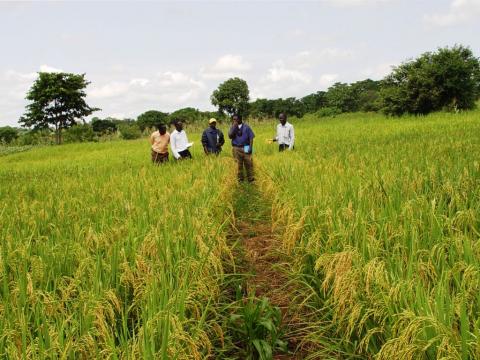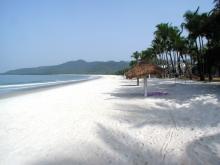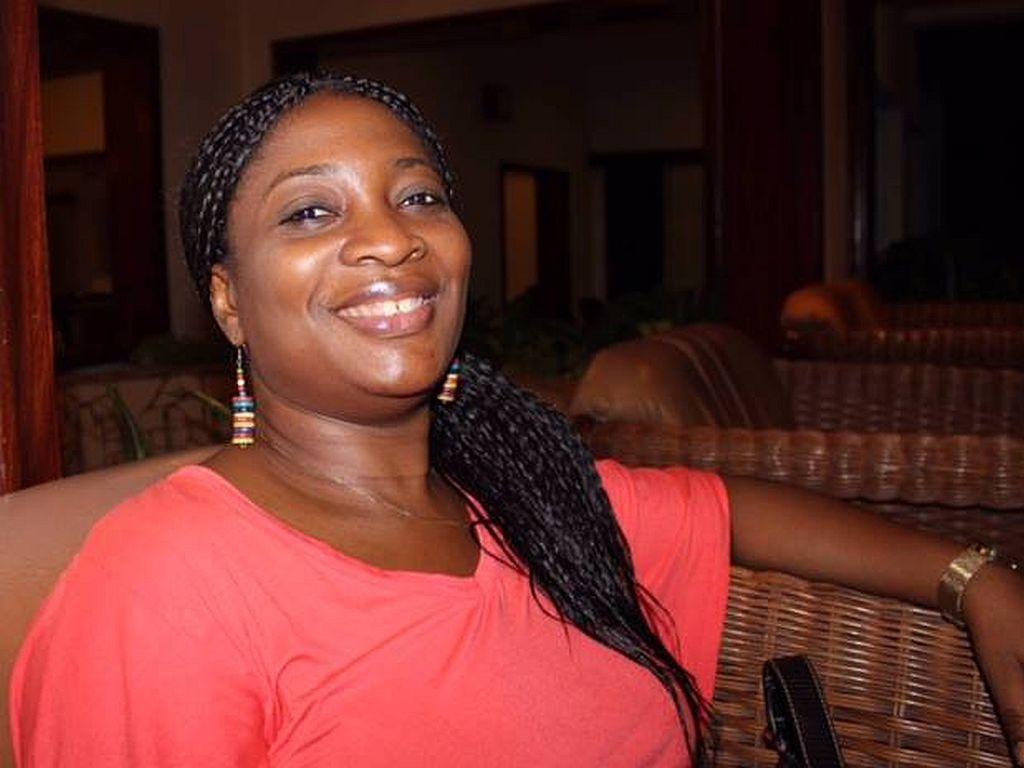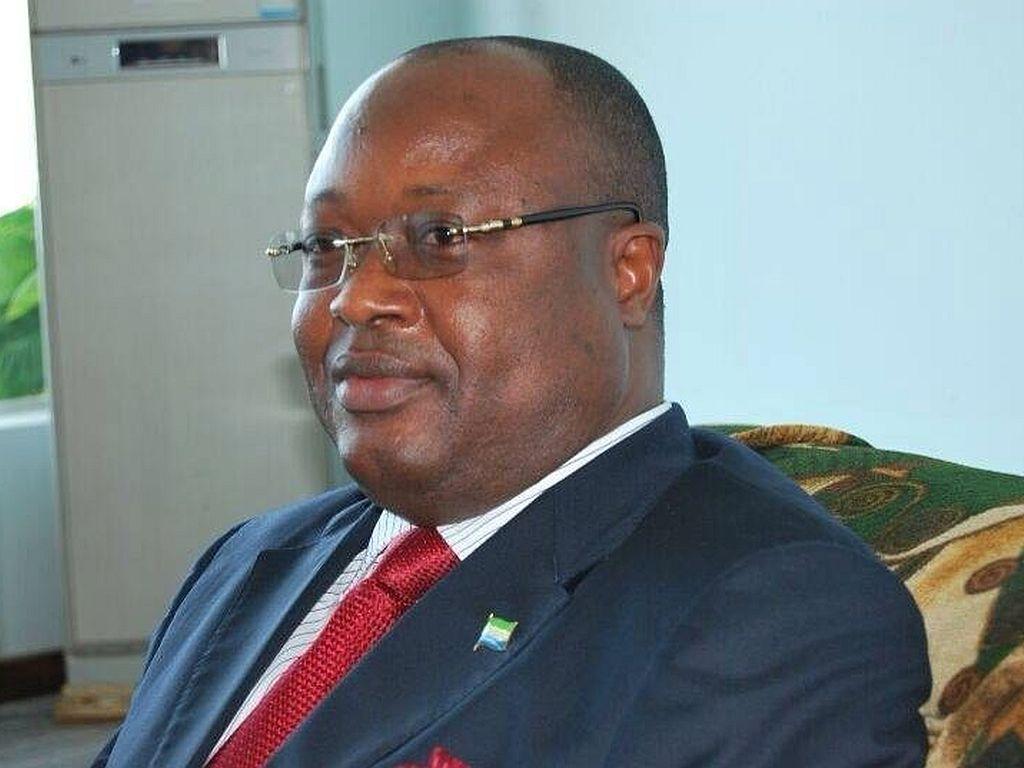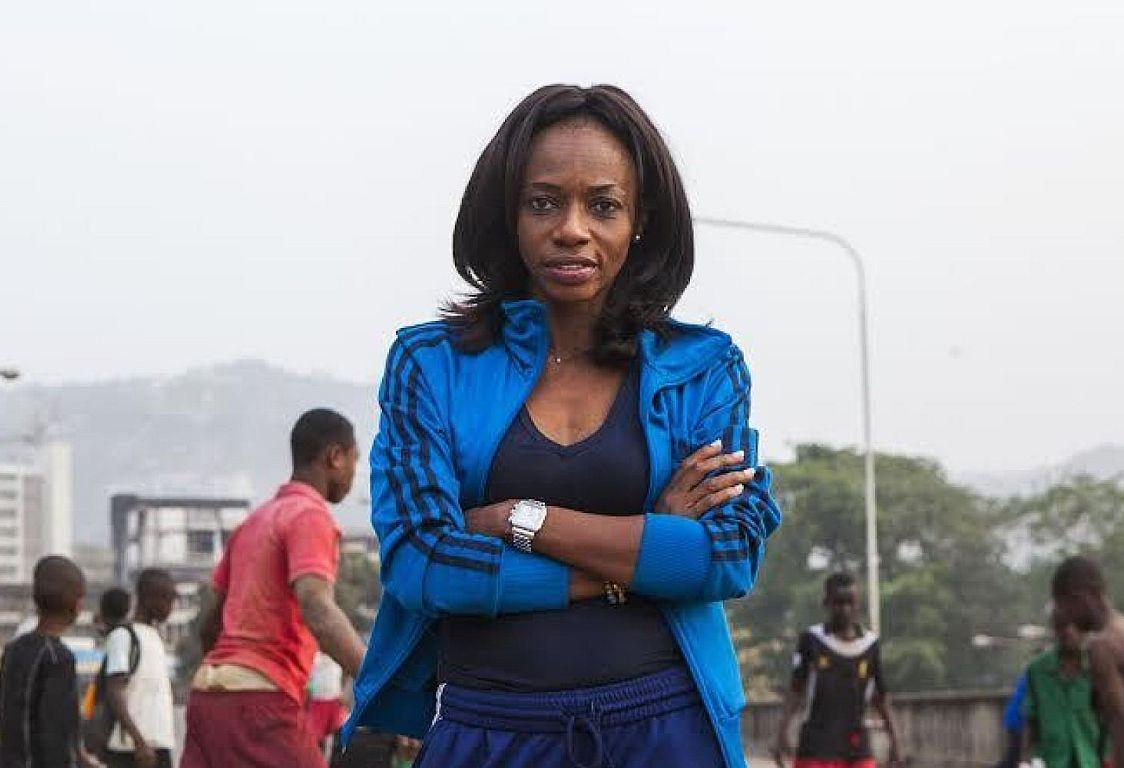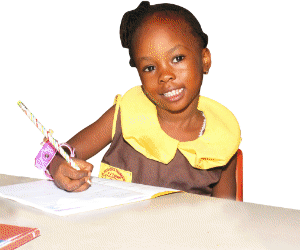By Mohamed Jaward Nyallay
On September 19 this year, Food and Agriculture Organization (FAO) listed Sierra Leone among 41 countries in the world that needed food assistance. Sierra Leone is in that bracket with Eswatini, Somalia, Yemen, and Afghanistan.
Like many other international reports, this one just faded in the background. No one is talking about it or at least not loud enough.
According to the report by the UN agency, the two major causes of the food shortage is conflict and adverse weather conditions. Sierra Leone doesn’t share any of the two problems, but we still manage to make it on the list.
We should not be on that list, and here are the reasons: Sierra Leone has 5.4 million hectares of arable land, 75% of which is still uncultivated. Average rainfall per year in the country is 3027mm, making it one of the most wet countries in the world.
Our problem is simple; the country is just not producing enough to feed itself. A nation blessed with abundance, yet going hungry.
We have a food problem and with a growing number of young people moving to cities, that problem can soon metamorphose into a full-blown crisis. The Ministry of Agriculture says annually the country consumes 900 metric tons of rice. This consumption rate can only go up, considering the high fertility rate and urbanization in the country.
Therefore the need to act has never been so urgent.
What are we doing now?
The 2020 budget hearing process started last week at the Miatta Conference Center, Freetown. Last year the clamor during this process was to get as much kids as possible into classrooms, for education. This year, the clamor is to get as much young people as possible into the bush, for farming.
So, is the government switching its priority from fighting illiteracy to fighting hunger?
No quie, said Jacob Jusu Saffa, Minister of Finance.
“Programs like Education are still the main programs of the government. But you are targeting different categories of people. Programs like education focus on children and youths and this one focuses on youth,” he told Politico during the opening day of the budget hearings.
And yes, the government might not be switching just now, but there is a feeling that the government is sizing up the agriculture platform for something major in the coming years.
There are mooted talks in government circle about increasing the budget for agriculture to 10% in the next two years. Saffa himself hinted about a significant increase for agriculture in the coming financial year.
He said: “I am not very clear yet, we are still playing with the figures. But it is going to be substantial (raise). There will be an increase from last year’s allocation.”
Saffa has been on the wrong end of criticisms for “bread and butter” issues. He controls the national purse, so it’s easy for most people to channel that frustrations towards him. Opening the purse, a bit more for food in 2020 might just save him those criticisms.
Last year the Agriculture sector only received 6.6% of the national budget. Despite it being a significant increase from just over 2% for the last couple of years, it is still not enough to be ‘transformational’, as the Deputy Minister of Agriculture, Sam king Brima said.
However, an increase to 10% is in line with the Comprehensive African Agricultural Development Programme (CAADP), which demands that African countries set aside 10% minimum of their budget to invest in agriculture.
But even 10% might just be a drop in the bucket for what the sector really needs. Government officials are aware of this and they say the drive will be led by private sector.
International donor partners like FAO, EU and World Bank are all said to be lined up to invest in the sector.
Already the government have signed a US$ 275 million deal with Turkish based SALA Group to produce 1.6 metric tons of rice by 2023. If this goes through, the country will have an excess of 700 metric tons of rice. The works are expected to start in Tomabum in Bonthe District, and then in Pujehun District in the coming months.
The government’s newfound appetite for agriculture is not just borne out of the fear of hunger. With agriculture they are hoping to achieve other things like, create jobs for more young people and save the country some of its foreign currency that is used to import rice.
According to the Ministry of Agriculture, the country uses Le 2 trillion (approximately US$250) annually to import rice.
If Sierra Leone produces even a fifth of what it imports, the country will save at least US$50 million in foreign currency.
Ministry of Finance is approximating that a focus on Agriculture could create 30, 000 jobs in the next two years.
Things are moving even a bit faster. The Agriculture Ministry has gone forward to announce an ambitious drive to cultivate 170, 000 hectares of rice farm in the coming years. A collaboration with the Ministry of Youth Affairs and the Ministry of Defense has already been announced to embark on this bold new initiative. Prisoners are also expected to be drafted into this program.
But for all this plan, getting young people to the bush is going to be a bit trickier than expected. Major cities around the country are crowded. The capital Freetown have close to 2 million people, most of whom are young people who migrated from the rural areas to the city for better opportunities. In short, urbanization is an obstacle.
Secondly, agriculture in Sierra Leone is not attractive enough for many, even though it is still the biggest employer in the country. Farmers account for more than 50% of the country’s working population, they contribute the highest to the country’s GDP (Gross Domestic Products), yet they are still the poorest in the country. The irony couldn’t be starker.
The agriculture sector has several other problems that it must contend with. The average farmer in Mattru Jong still uses hoe and cutlass to cultivate his land. This limits the potential of mass production. So, the future is mechanization and mechanization is not cheap.
Other problems include road networks, market systems, land tenure arrangements and the list goes on. These are all problems that cannot be fixed between now and 2020.
All this is a plea for us to keep the switch on agriculture on. Our focus on agriculture is not distraction from our focus on education, they are all connected.
If this goes well for us, this nation can earn and feed itself. If for any reason the government is hesitant to invest in agriculture, they should always remember this saying: “A hungry man is an angry man”.
As JJ himself put it during his speech at the opening of the budget discussion forum: hunger is a security issue.
© 2019 Politico Online



